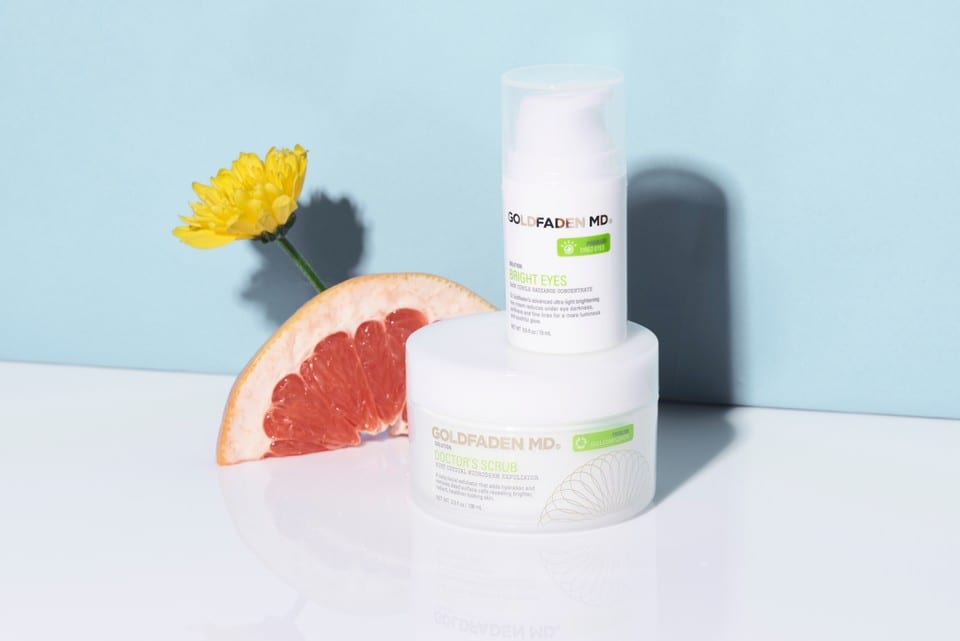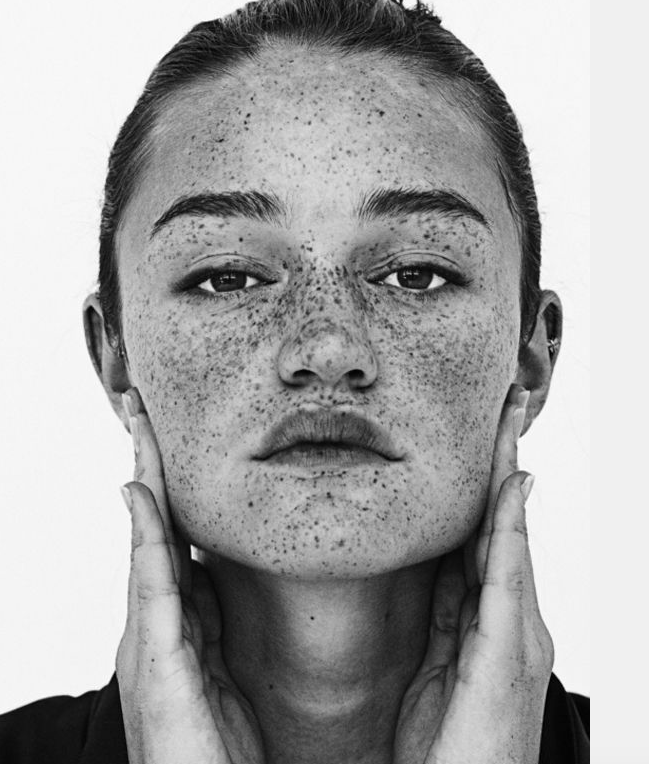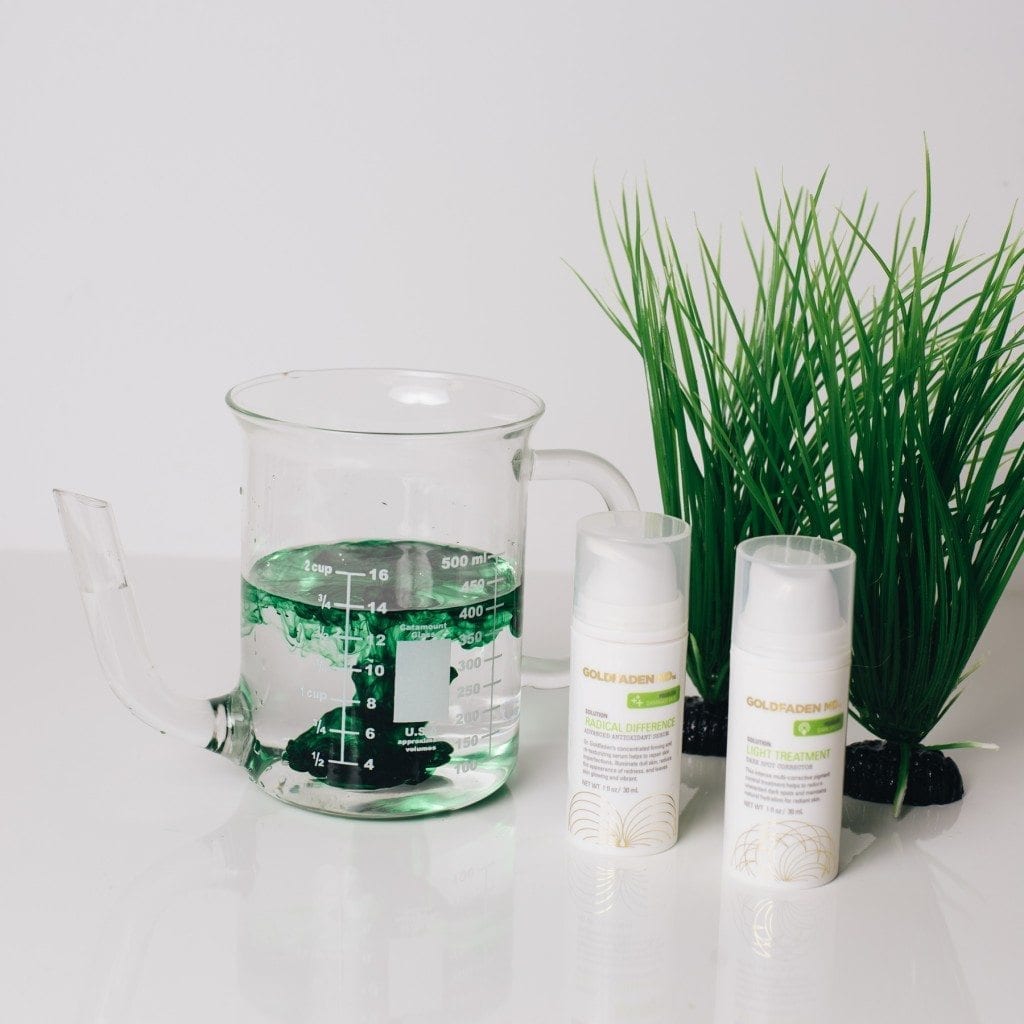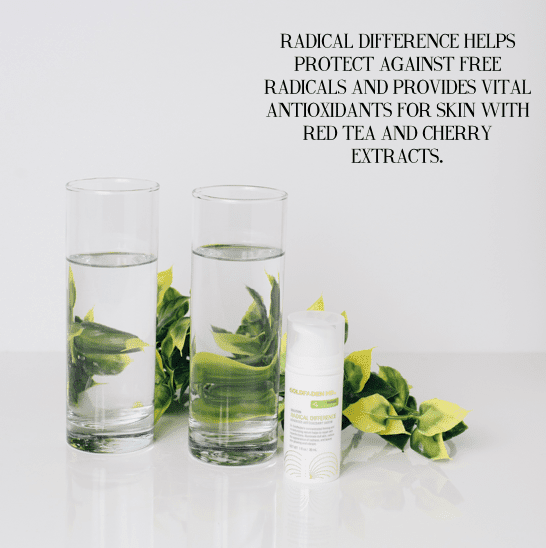Before summer begins, there are a few tips that we always recommend going into a season with arguably the most potential for skin damage. We spoke to our co-founders Lauren and Lisa Goldfaden to get their must-do practices to keep skin looking fresh, youthful and sun-damage-free.

DO:
Invest in a Vitamin C serum. This must-have vitamin brightens skin by reducing the appearance of brown spots (especially prominent in the Summer months due to increased sun exposure), boosting healthy collagen production, calming inflammation and neutralizing free radicals with its antioxidant benefits. My favorite is our Brightening Elixir – an advanced brightening and antioxidant serum that aids against free radical damage while leaving skin feeling hydrated and looking radiant.
Add exfoliation into your regimen: Exfoliation in the Summertime is particularly important to slough off dead skin cells and prevent oil build-up – which results in congestion. AHA acids (my favorite is Lactic!) are perfect for Summertime because they are a more gentle form of exfoliation which essentially softens the dead skin away which increased overall brightening. Lactic acid has an added benefit that helps improve the skin’s natural moisture factor or the way the skin keeps itself hydrated (it’s the base of our Fresh A Peel product!).
Do moisturize. I like to lighten up my moisturizer in the Summertime so that I don’t neglect this important step. With higher temperatures, the skin gets parched and can lead to dryness so it’s important to lock in hydration and create a barrier of protection with your moisturizer to prevent dryness and irritation. Try our Vital Boost which hydrates and nourishes skin complexion.
Don’t:
Don’t underestimate the importance of SPF! This is a “don’t-leave-home-without” for me and in the Summertime it is even more important as the days are longer and we’re in the sun more. I always carry an SPF mist with me so that I can easily reapply throughout the day too. A favorite is Soleil Toujours Organic Set + Protect Micro Mist SPF 30.
Avoid heavy makeup. Humidity and heat (along with a heavy layer of makeup) impact the ability of your skin/pores to breathe which can lead to clogged pores and breakouts. Consider lightening up (at least in the daytime!).
Don’t forget about your BODY (and LIPS): Oftentimes, we are so concentrated on just our face, but it’s equally important to care for your lips and body too. Check out our Bodycare Collection and NEW Lip Therapy Restoring Lip Treatment.




